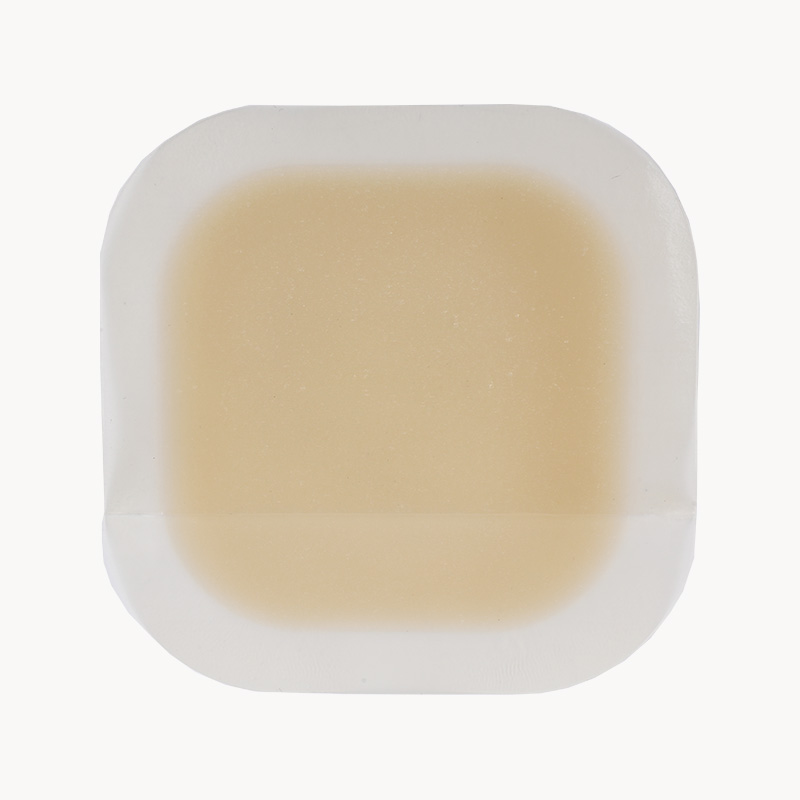Indications:
Hydrocolloid dressings are especially suitable for chronic wounds that do not heal for a long time, as well as complex and time-consuming tissue regeneration treatments, such as venous occlusive ulcers, and second-degree burns.
As well as the skin donor area for epidermal transplantation, it has a good effect on the treatment and prevention of various phlebitis and pressure sores.
Principle: Hydrophilic polymer particles contact the wound exudate to form a layer of moist gel on the wound surface, providing a moist and airtight healing environment for the wound surface, promoting cell proliferation and epithelial cell movement, thereby speeding up The healing of the wound. Viscous materials provide a guarantee for the self-adhesiveness of the dressing, while hydrocolloid dressings have the basis of absorption properties, and artificial elastomers make the dressing elastic.

Hydrogel dressing is a new type of wound dressing composed of water-absorbent polymer gel with high water content.
1. It can provide moisture to the dry and crusted wound surface and promote autolytic debridement.
2. Absorb excess exudate from the wound to keep the wound in a proper moist state.
Product indications:
1. Used in the granulation stage and epithelialization stage of uninfected wounds or cleaned wounds.
2. I-II degree burn wounds, wounds in the donor area.

 English
English عربى
عربى Español
Español русский
русский 中文简体
中文简体








